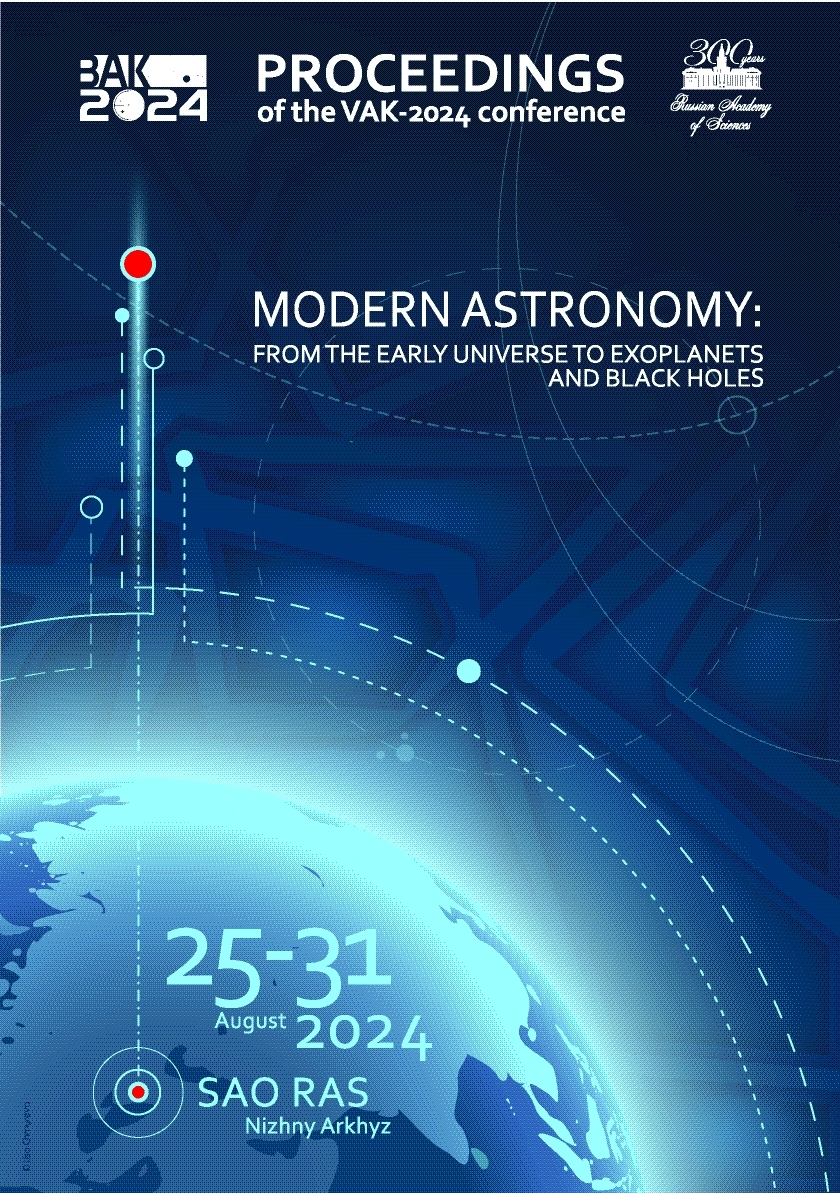Novosibirsk State Technical University
Institute of Astronomy of the Russian Academy of Sciences
УДК 53 Физика
УДК 520 Инструменты, приборы и методы астрономических наблюдений, измерений и анализа
УДК 521 Теоретическая астрономия. Небесная механика. Фундаментальная астрономия. Теория динамической и позиционной астрономии
УДК 523 Солнечная система
УДК 524 Звезды и звездные системы. Вселенная Солнце и Солнечная система
УДК 52-1 Метод изучения
УДК 52-6 Излучение и связанные с ним процессы
ГРНТИ 41.00 АСТРОНОМИЯ
ГРНТИ 29.35 Радиофизика. Физические основы электроники
ГРНТИ 29.31 Оптика
ГРНТИ 29.33 Лазерная физика
ГРНТИ 29.27 Физика плазмы
ГРНТИ 29.05 Физика элементарных частиц. Теория полей. Физика высоких энергий
ОКСО 03.06.01 Физика и астрономия
ОКСО 03.05.01 Астрономия
ОКСО 03.04.03 Радиофизика
ББК 2 ЕСТЕСТВЕННЫЕ НАУКИ
ББК 223 Физика
ТБК 614 Астрономия
ТБК 6135 Оптика
BISAC SCI004000 Astronomy
BISAC SCI005000 Physics / Astrophysics
Atomic oxygen, due to its unique chemical properties, is widely used in astrophysics to study chemical composition, nucleosynthesis conditions, and the processes of formation and evolution. The recent detection of the O I 1304 Å and 7774 Å lines in the upper atmospheres of exoplanets using space and ground-based telescopes opens the possibility to evaluate its abundance in these objects and constrain important atmospheric parameters. However, the simple approximation of thermodynamic equilibrium is often inaccurate in describing the formation and absorption for many spectral lines in stars and hot exoplanets. The development of a kinetic model that takes into account detailed radiative and collisional processes in advanced atomic models is required to interpret the observations. In this work we for the first time analyze the advantages of transit absorption measurement of two oxygen lines simultaneously.
planets and satellites: atmospheres; line: profiles; atmospheric effects; methods: numerical
1. Barklem P.S., 2006, Astronomy & Astrophysics, 462, p. 781
2. Ben-Jaffel L. and Ballester G.E., 2013, Astronomy & Astrophysics, 553, id. A52
3. Ben-Jaffel L. and Hosseini S.S., 2010, Astrophysical Journal, 709, p. 1284
4. Borsa F., Fossati L., Koskinen T., et al., 2021, Nature Astronomy, 6, p. 226
5. Fossati L., Young M.E., Shulyak D., et al., 2021, Astronomy & Astrophysics, 653, id. A52
6. Khodachenko M.L., Shaikhislamov I.F., Lammer H., et al., 2017, Astrophysical Journal, 847, p. 126
7. Madhusudhan N., Lee K.K.M., Mousis O., 2012, Astrophysical Journal, 759, id. L40
8. McWilliam A., 1997, Annual Review of Astronomy and Astrophysics, 35, p. 503
9. Oklopcic A. and Hirata C.M., 2018, Astrophysical Journal, 855, id. L11
10. Salz M., Czesla S., Schneider P.C., et al., 2016, Astronomy & Astrophysics, 586, id. A75
11. Shaikhislamov I.F., Khodachenko M.L., Sasunov Y.L., et al., 2014, Astrophysical Journal, 795, p. 132
12. Sitnova T.M., Mashonkina L.I., Ryabchikova T.A., 2013, Astronomy Letters, 39, p. 126
13. Tasitsiomi A., 2006, Astrophysical Journal, 645, p. 792
14. Tinsley B.M., 1979, Astrophysical Journal, 229, p. 1046
15. Trammell G.B., Arras P., Li Z.-Y., 2011, Astrophysical Journal, 728, p. 152
16. Vidal-Madjar A., Desert J.-M., Lecavelier des Etangs A., et al., 2004, Astrophysical Journal, 604, p. L69









